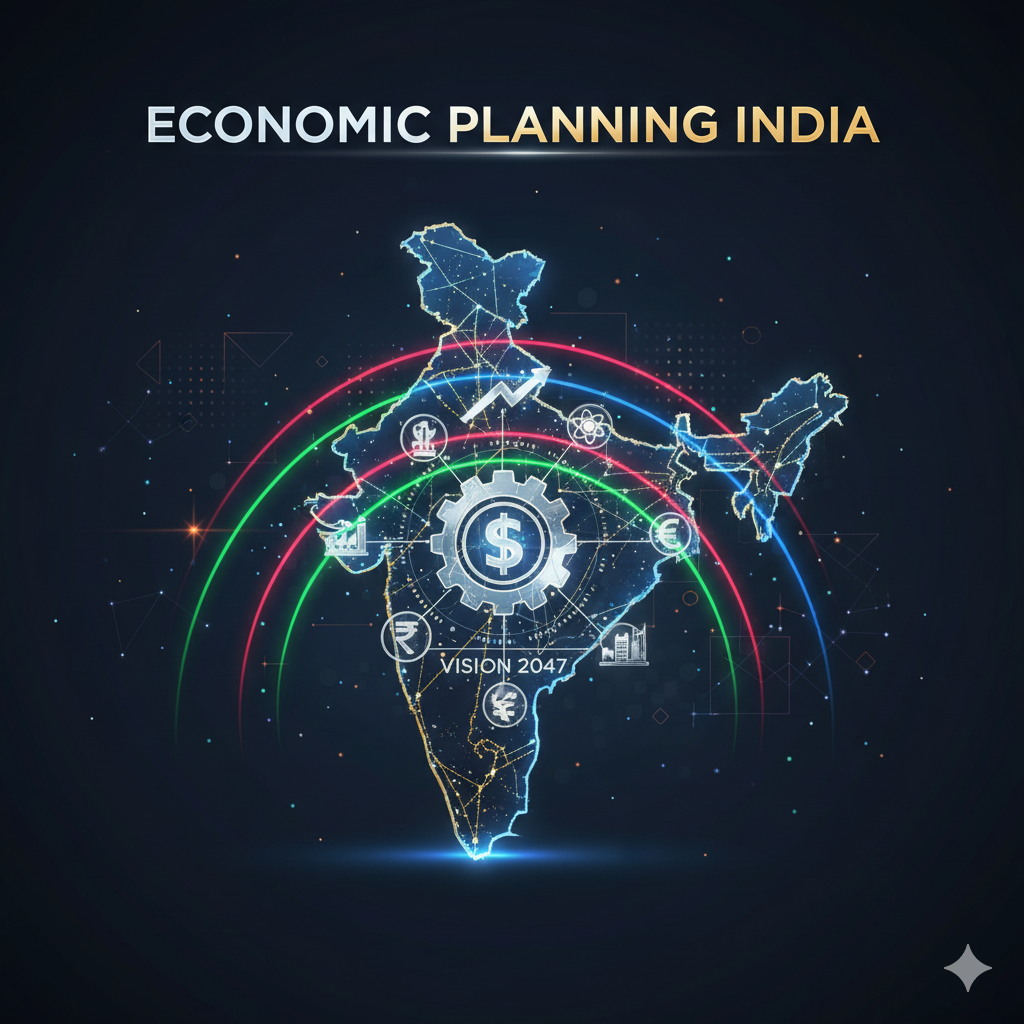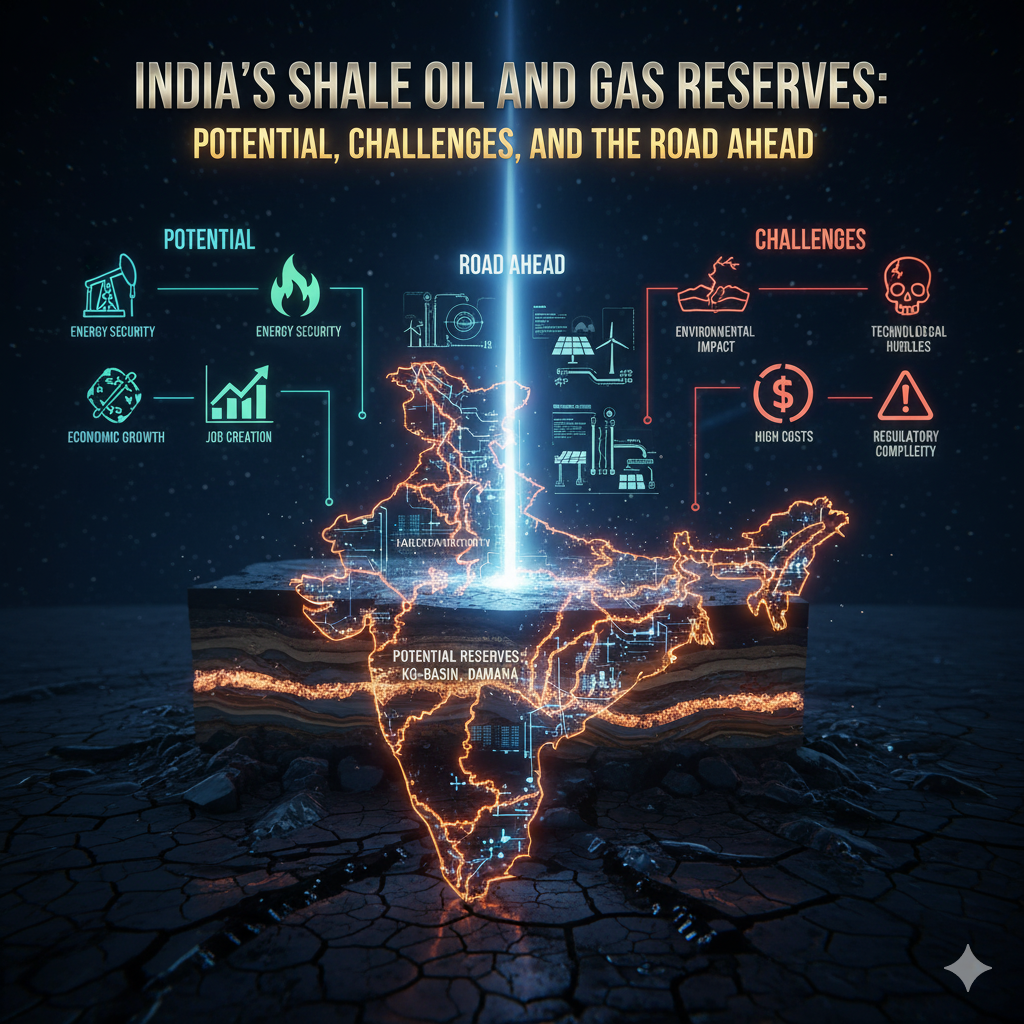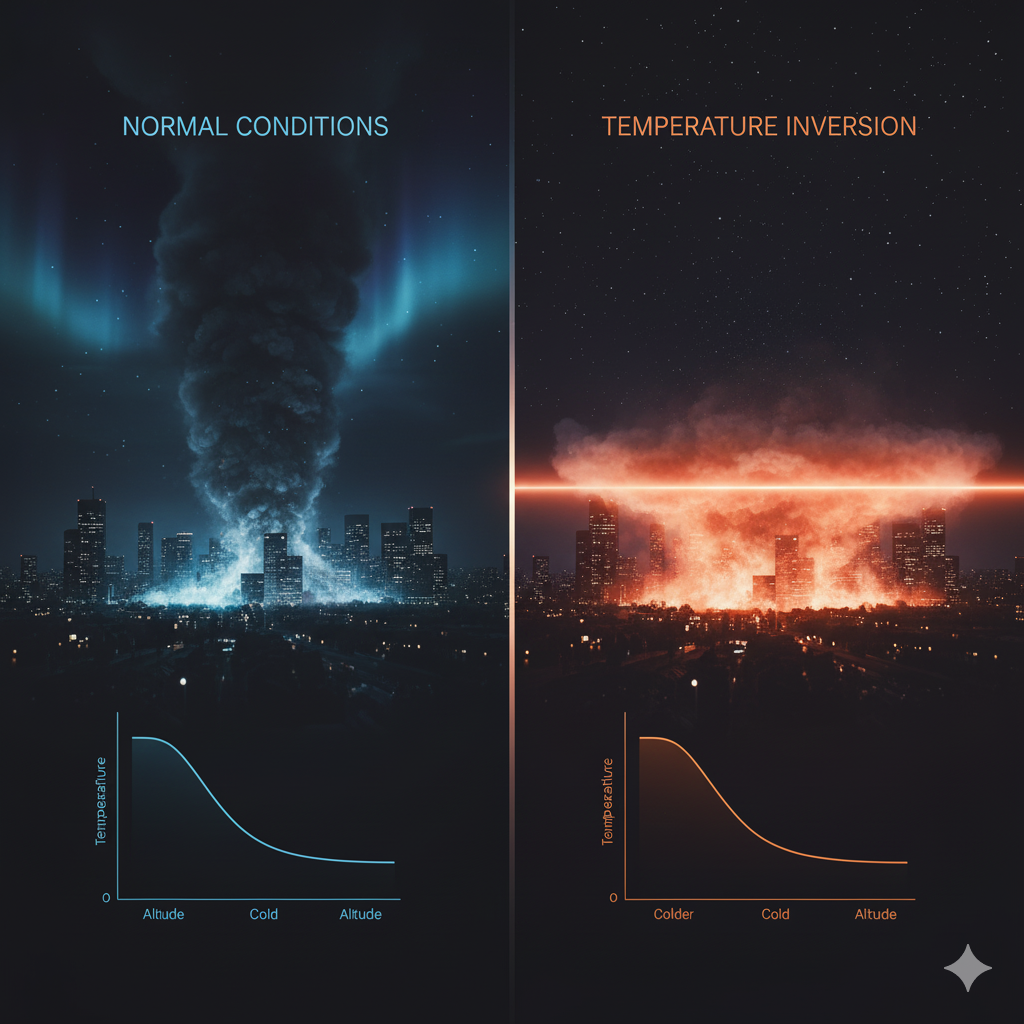Introduction
Disasters, whether natural or human-induced, have a profound impact on lives, property, and the environment. India, with its vast geographical diversity and high population density, is prone to multiple types of disasters, ranging from earthquakes and floods to industrial accidents and biological hazards. Effective disaster management is crucial for minimizing damage, ensuring quick response, and facilitating long-term recovery.
This article explores the various types of disasters and comprehensively examines India’s disaster management framework, policies, and mitigation strategies.
Types of Disasters
Disasters can be broadly categorized into two main types:
- Natural Disasters
- Human-Induced (Man-Made) Disasters
Each category consists of multiple subtypes, which are discussed below.
1. Natural Disasters
Natural disasters occur due to natural processes of the Earth and can lead to large-scale destruction. Some major natural disasters affecting India include:
a) Geological Disasters
These disasters are caused by the movement of tectonic plates, geological shifts, or land degradation.
- Earthquakes: India lies in a seismically active region, with states like Himachal Pradesh, Uttarakhand, Gujarat, and the entire northeastern region being particularly vulnerable.
- Landslides: Common in the Himalayan belt, Western Ghats, and hilly regions of the Northeast, landslides often follow heavy rainfall or earthquakes.
- Tsunamis: Coastal states like Tamil Nadu, Andhra Pradesh, Odisha, and the Andaman & Nicobar Islands are prone to tsunamis triggered by undersea earthquakes.
- Volcanic Eruptions: Though rare in India, the Barren Island volcano in the Andaman & Nicobar Islands is active.
b) Hydrological Disasters
These disasters are caused by extreme water-related events.
- Floods: India experiences severe floods during the monsoon, affecting states like Bihar, Assam, West Bengal, and Uttar Pradesh.
- Droughts: Regions like Rajasthan, Maharashtra, Karnataka, and Telangana face recurring droughts due to erratic rainfall and groundwater depletion.
- Cyclones: India’s long coastline is vulnerable to tropical storms, particularly affecting states like Odisha, West Bengal, Andhra Pradesh, and Tamil Nadu.
c) Meteorological Disasters
These disasters result from weather and atmospheric conditions.
- Heatwaves: States like Rajasthan, Punjab, Uttar Pradesh, and Madhya Pradesh frequently experience extreme heatwaves in summer.
- Cold Waves & Snowstorms: Northern states like Jammu & Kashmir, Himachal Pradesh, and Uttarakhand face severe cold waves during winter.
d) Biological Disasters
These involve outbreaks of diseases and pest infestations.
- Pandemics & Epidemics: Outbreaks like COVID-19, swine flu, and dengue have impacted public health and the economy.
- Locust Attacks: Agricultural regions like Rajasthan, Gujarat, and Punjab face locust invasions, threatening food security.
2. Human-Induced (Man-Made) Disasters
These disasters result from human activities, negligence, or industrial failures.
a) Industrial & Chemical Disasters
- Gas Leaks: The Bhopal Gas Tragedy (1984) remains India’s worst industrial disaster.
- Chemical Spills: Industrial hubs like Gujarat, Maharashtra, and Tamil Nadu are vulnerable to chemical hazards.
b) Nuclear Disasters
- Nuclear Plant Failures: Though rare, nuclear power plants like Kudankulam (Tamil Nadu) and Tarapur (Maharashtra) require strict safety protocols to prevent accidents.
c) Environmental Disasters
- Deforestation & Land Degradation: Uncontrolled deforestation in states like Madhya Pradesh, Chhattisgarh, and Jharkhand has led to ecological imbalances.
- Pollution Disasters: Cities like Delhi, Mumbai, and Kolkata frequently experience severe air and water pollution.
d) Transport Disasters
- Railway Accidents: India has one of the largest railway networks, and accidents occur due to derailments, collisions, or human errors.
- Aviation Accidents: Though rare, aviation disasters pose risks to public safety.
e) Terrorism & Cyber Disasters
- Terrorist Attacks: Cities like Mumbai, Delhi, and Srinagar have been targets of terrorism.
- Cyber Attacks: With increasing digitization, India faces cyber threats to critical infrastructure and data security.
Disaster Management in India
India has developed a robust disaster management framework to address both natural and human-induced disasters. The country follows a four-phase approach:
- Mitigation (Prevention & Risk Reduction)
- Preparedness (Planning & Capacity Building)
- Response (Emergency Relief & Rescue)
- Recovery (Rehabilitation & Reconstruction)
1. Institutional Framework for Disaster Management
India has established various institutions and legal frameworks for disaster response and mitigation.
a) The Disaster Management Act, 2005
This act provides a legal framework for disaster preparedness and response. It led to the creation of:
- National Disaster Management Authority (NDMA) – The apex body responsible for disaster policy and coordination.
- State Disaster Management Authorities (SDMAs) – Function at the state level for local disaster response.
- District Disaster Management Authorities (DDMAs) – Implement disaster management plans at the district level.
b) The Environment Protection Act, 1986
This act regulates industrial hazards, pollution control, and ecological conservation.
c) The Epidemic Diseases Act, 1897
Used during health crises like COVID-19, dengue, and cholera outbreaks.
2. Disaster Mitigation and Preparedness Strategies
a) Early Warning Systems
India has set up advanced early warning systems for disasters like:
- Cyclones (India Meteorological Department – IMD)
- Floods (Central Water Commission – CWC)
- Earthquakes & Tsunamis (National Centre for Seismology – NCS)
b) Infrastructure Development
- Building earthquake-resistant structures in seismic-prone zones.
- Constructing embankments, reservoirs, and dams to control floods.
- Developing drought-resistant agricultural techniques.
c) Public Awareness and Training
- Conducting mock drills, disaster education programs, and community awareness campaigns.
- Integration of disaster management training in school curricula.
3. Disaster Response Mechanism
a) National and State Disaster Response Forces (NDRF & SDRF)
- NDRF is a specialized force equipped for disaster rescue operations.
- SDRF units function at the state level to provide quick response during emergencies.
b) Role of Armed Forces and NGOs
- Indian Army, Navy, and Air Force play a critical role in relief and rescue operations.
- Non-Governmental Organizations (NGOs) like Red Cross, SEEDS India, and Goonj assist in disaster relief.
c) Emergency Medical Services
- Deployment of mobile health units and rapid-response medical teams during epidemics and natural calamities.
4. Post-Disaster Rehabilitation & Recovery
- Rebuilding damaged infrastructure (homes, roads, and public utilities).
- Providing financial aid and compensation to affected families.
- Implementing long-term livelihood programs for displaced communities.
Challenges in Disaster Management in India
Despite progress, several challenges hinder effective disaster management:
- Lack of Coordination between multiple government agencies.
- Insufficient Early Warning Systems in remote areas.
- Inadequate Funding for disaster mitigation programs.
- Poor Urban Planning leading to greater flood and earthquake risks.
- Limited Public Awareness about disaster preparedness measures.
Conclusion
India faces multiple natural and human-induced disasters, necessitating a comprehensive and proactive approach to disaster management. While advancements in technology, policy frameworks, and emergency response systems have strengthened India’s capacity to handle disasters, continued investments in infrastructure, early warning systems, and public awareness are crucial for a more resilient and disaster-ready India.




